On the verge of disaster: How an India-Pakistan armed confrontation could impact the region
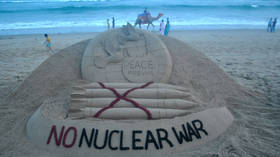
The Indian Air Force carried out an attack against targets in Pakistan this morning that could further corrode the already-strained relations between the two states and result in a direct armed confrontation.
Clearly, Islamabad will not leave India's actions unanswered. The cause of concern is that both India and Pakistan possess significant stocks of tactical, semi-strategic and strategic nuclear weapons. In the event of an armed confrontation, both sides could very well exchange nuclear strikes, which would lead to disastrous consequences – not only for the countries involved, but for entire Central Asia.
Also on rt.com Who would win? India has army advantage over Pakistan, but nuclear stocks assure mutual destructionThe exact size of nuclear weapons stockpiles at the disposal of the two countries is currently unknown. However, according to the 2017 SIPRI Yearbook, India has an arsenal of 120-130 nuclear warheads, and that number is gradually increasing. As of 2017, Pakistan possessed 140 nuclear warheads and, according to expert estimates, Islamabad is intensifying its production of all types of nuclear weapons.
Both states have diverse systems of delivery: from tactical aircraft and ground-based medium-range ballistic missiles to ballistic missile submarines (India).
India's Nuclear Weapons
To deliver its nuclear payload, India can use its 32 Dassault Mirage 2000H fighter jets and 16 SEPECAT Jaguar IS attack aircraft. Each aircraft can carry a single nuclear bomb (the exact yield is not known, but it is most likely within 10 kilotons). In addition, some mention the Russian Su-30MKI as a potential carrier of India’s nuclear weapons.
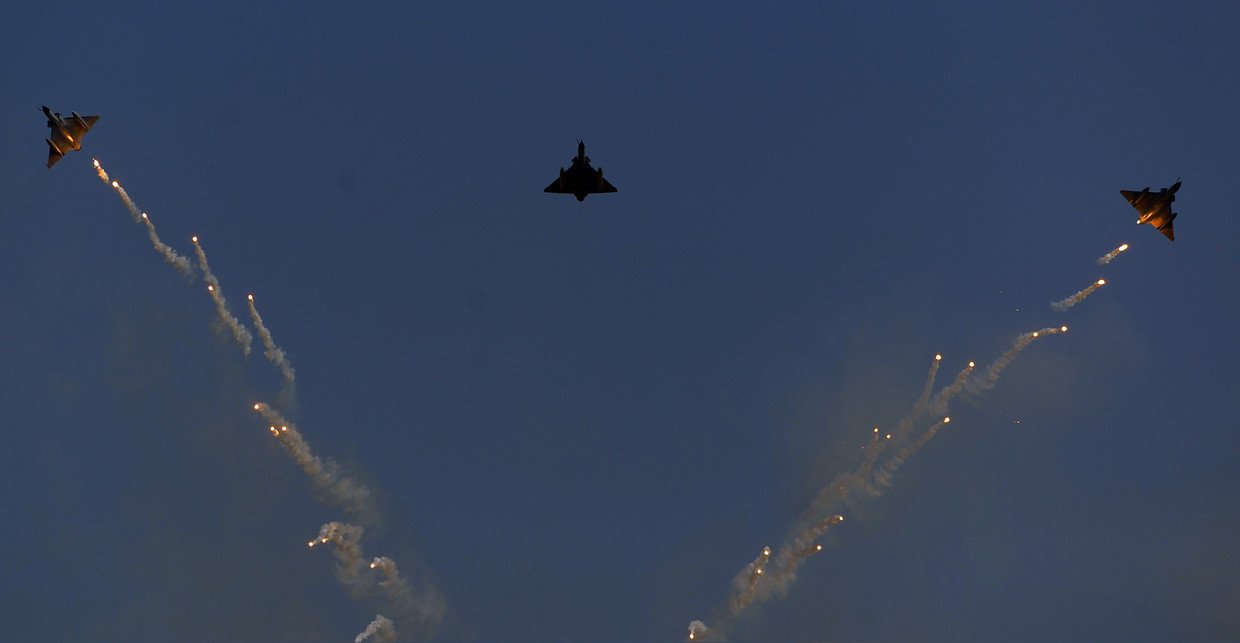
In addition to that, New Delhi has a significant number of ground-based ballistic missiles. As of January 2017, India had 68 deployed nuclear missile launchers. Equipped with 12-kiloton (some sources mention a significantly higher yield) single warheads, Indian IRBMs have a range of 2,500-3,500km.
In August 2016, India's first nuclear-powered ballistic missile submarine INS Arihant was officially commissioned, carrying 12 submarine-launched ballistic missiles. The construction of INS Aridman, which is India's second Arihant class nuclear-powered ballistic submarine, is currently underway. Moreover, according to some sources, India has also launched construction of a third ballistic missile submarine.
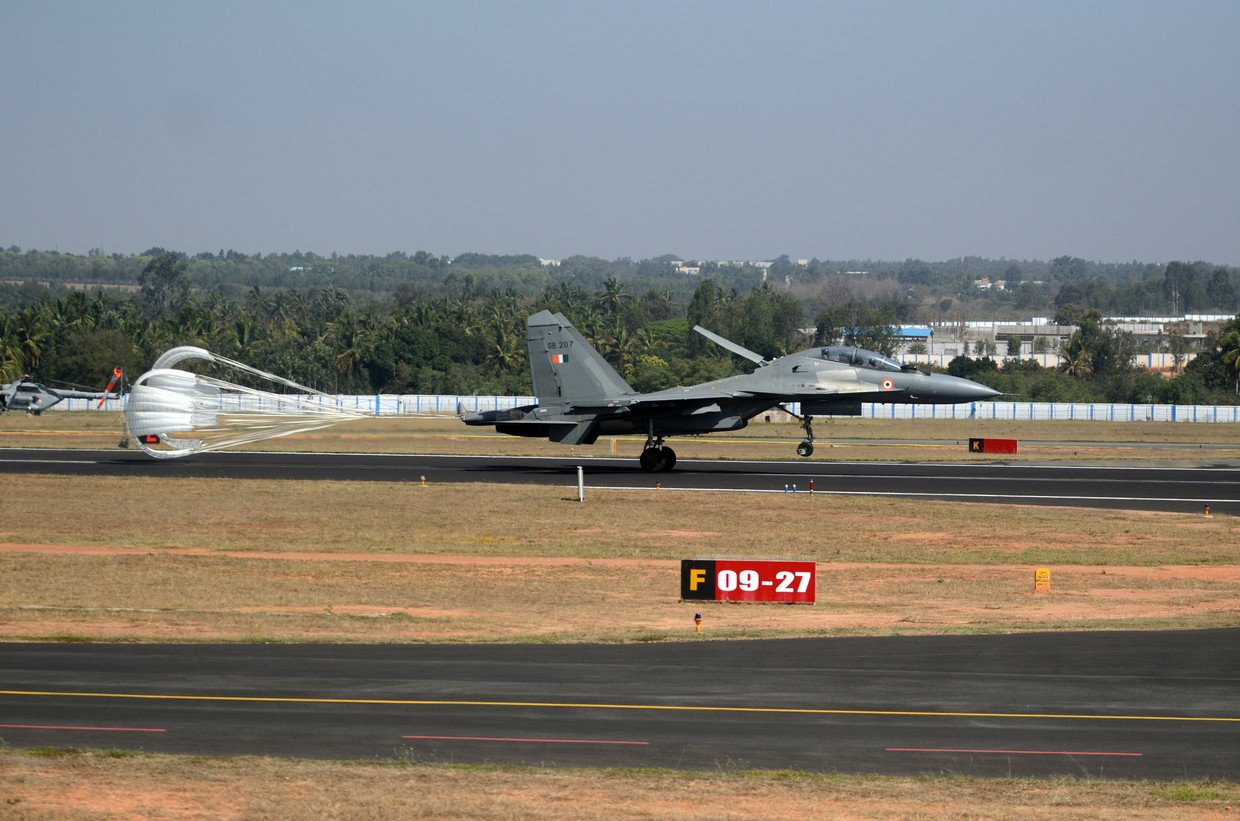
Modern India's vessels are armed with K-15 missiles, which have a range of 700km. As for the submarines, India's Defence Research & Development Organisation (DRDO) is developing a K-4 missile with a range of 3,500km. On March 7, 2016, India carried out its first successful launch of the new missile from a submerged platform in the Bay of Bengal.
Finally, since 2004, India has been developing a subsonic cruise missile able to carry a nuclear warhead. The missile, codenamed Nirbhay, has a range of 700-1000km. According to experts, the cruise missile is developed in different modifications that allow it to be launched from land, air, and from underwater.
Pakistan's Nuclear Weapons
As for Pakistan’s tactical aviation, the likely candidates to carry nuclear warheads are the 12 Mirage III/IV fighter jets. Pakistan also has 24 F-16 A/B fighter aircraft that can be used for this purpose. Some estimate that both these types of aircraft can carry 24 nuclear warheads each. Pakistan has a fairly wide selection of medium- and short-range ballistic missiles (92 deployed launchers): Abdali, with a range of 180km; Ghaznavi (290km); Shaheen I, IA, II, III, with a range of 750-2,750km; Ghauri (1,250km); Nasr (60km); and Ababeel, (2,200km).
Almost all of Pakistan’s missiles are equipped with 12kt single warheads, and only Ababeel boasts a multiple independently targetable reentry vehicle.
In addition, Islamabad’s arsenal includes Babur and Babur 2 surface-to-surface cruise missiles with a range of 350-700km; Babur 3 sea-to-surface cruise missiles (450km); and Hatf VIII air-launched cruise missile (350km). The yield of a cruise missile warhead is estimated at 12kt, though there is no accurate data and it could actually be higher.
Possible Scenarious
Considering the Kashmir incident, the situation in the region will likely develop as follows. The Pakistani Air Force will hit military targets within Indian territory using similar weapons to those used by New Delhi to carry out the February 26 airstrikes, which will make it an equal exchange followed by negotiations aimed at mitigating the differences. This is the most likely scenario and the most preferable one, shall we say.
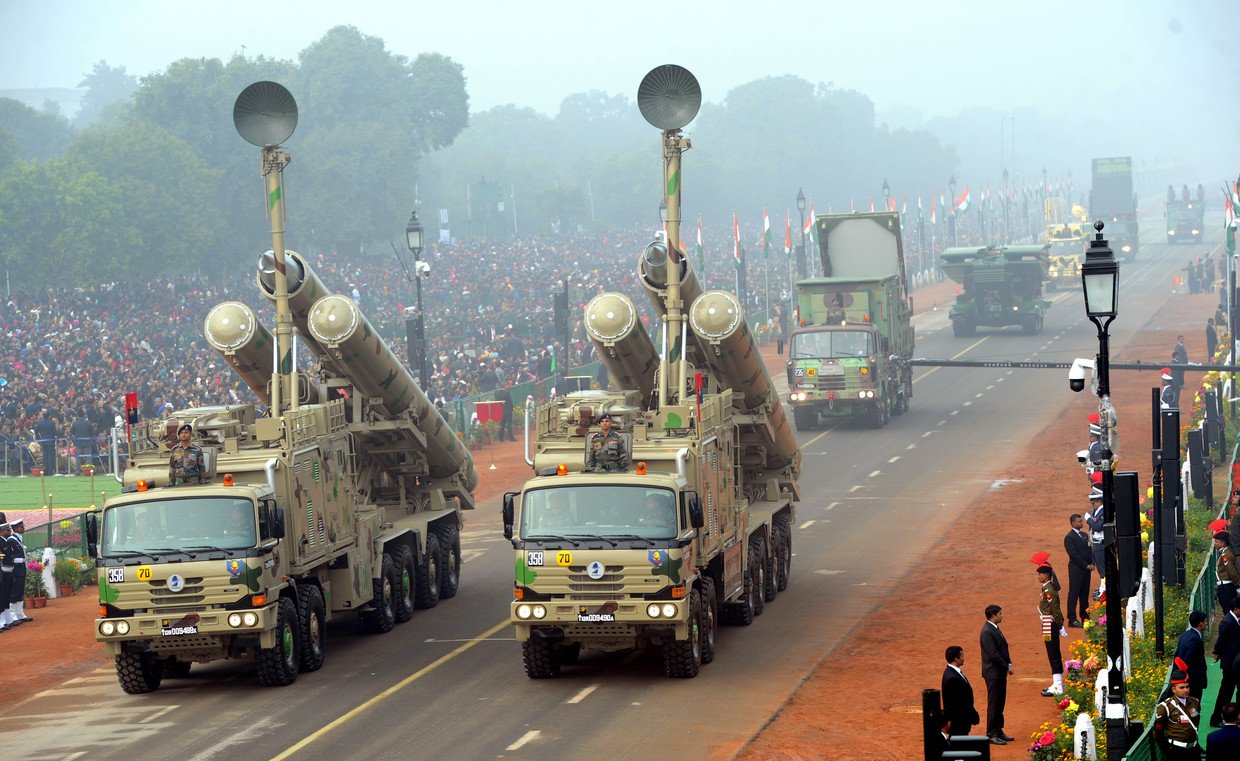
However, while analyzing the situation and drawing up operational strategy, we can’t rule out another possible scenario, i.e. that this border conflict will spill over into a local, and later a large-scale, war involving only conventional weapons. It could end up being an unprecedented case in history in which two nuclear powers are openly at war with each other. Something similar happened during WWII, when warring parties chose not to use chemical weapons.
Regarding the potential nuclear strikes, one may rest assured that both India and Pakistan have a Plan for Strategic Nuclear Forces Operation (or a Strategic Nuclear Forces Operational Plan – the name of the document does not change much).
Also on rt.com India bombs Pakistan, saying it targeted terrorist camps in cross-border air raidThe SNF Operational Plan covers coordinated military activities of the air force, the navy and the infantry armed with nuclear weapons, consistent in terms of their goals, objectives and timing, united for a single purpose and directed from the general headquarters of both countries. At the same time, their missions and targets are assigned to the different components of the nuclear forces, based on their combat capabilities, to achieve maximum efficiency.
In other words, India and Pakistan have long planned potential nuclear strikes: they have identified their targets, have developed air missions and incorporated them into corresponding systems. The major concern is that they could actually put the full scope of their SNF plan into effect.
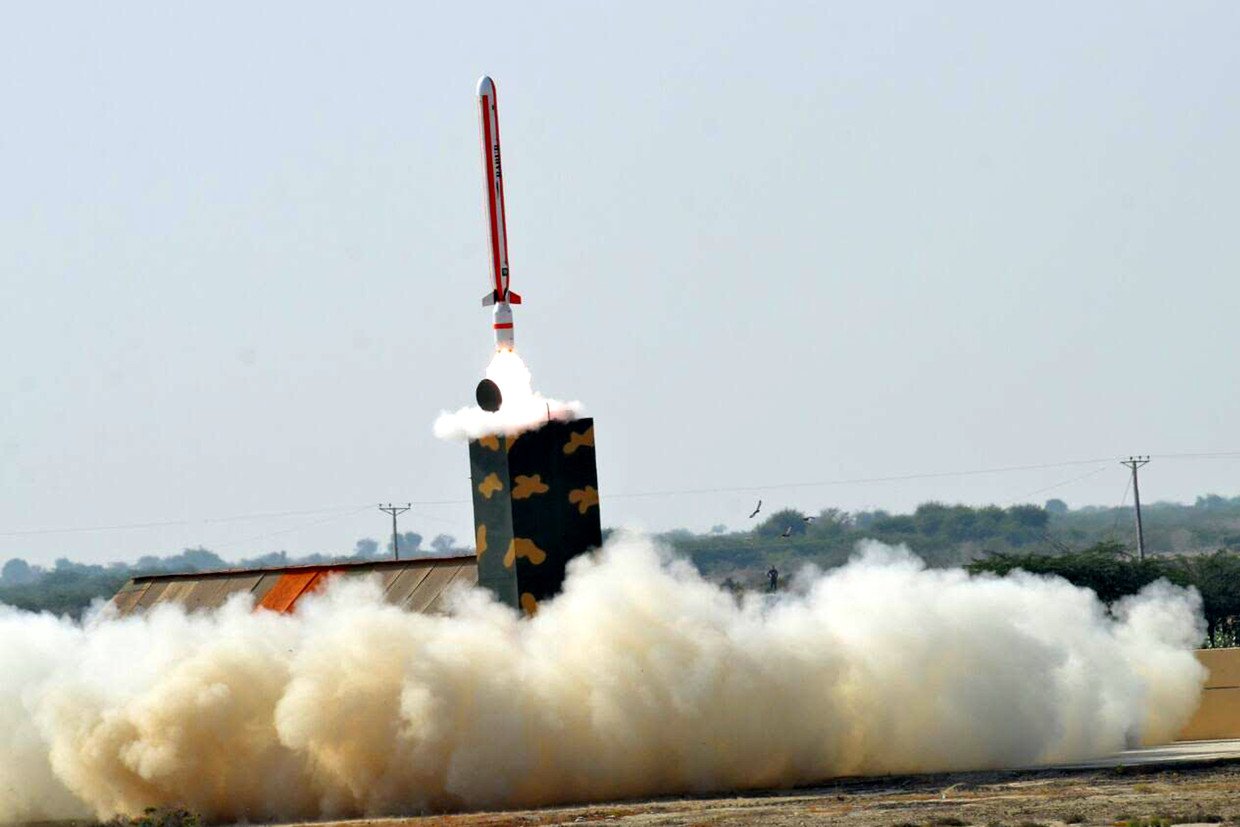
In particular, they might target large cities. For instance, India’s Mumbai with its population of over 20 million people is one of the most densely populated cities in the world. In case of a nuclear attack, casualties would number in the millions. Pakistan has similarly overpopulated areas. Furthermore, ground nuclear attacks would introduce thousands of tons of radioactive fallout into the atmosphere, which the winds would spread across all of Central Asia.
In this case, it would seem a good thing (as blasphemous as it may sound) if the conflicting parties were to stop at a mere demonstration of their nuclear capacities by attacking each other’s desert regions. For instance, India could strike the southwest of the vast Thar Desert, while Pakistan could launch a missile into the desert’s southeastern area. Then, having witnessed each other’s decisive intentions, both countries could turn to diplomacy.
However, events in the region might unfold so rapidly that any forecast or scenario (however bold) would fail to materialize due to the sheer unpredictability of the potential developments.
Mikhail Khodarenok, military commentator for RT.com. He is a retired colonel. He served as an officer at the main operational directorate of the General Staff of the Russian Armed Forces.














